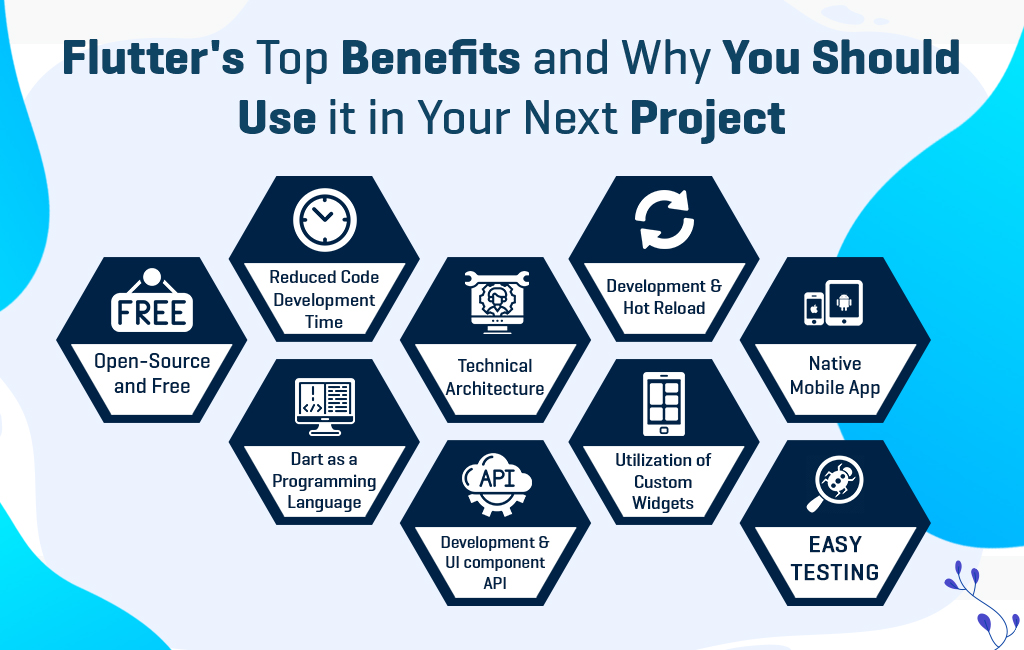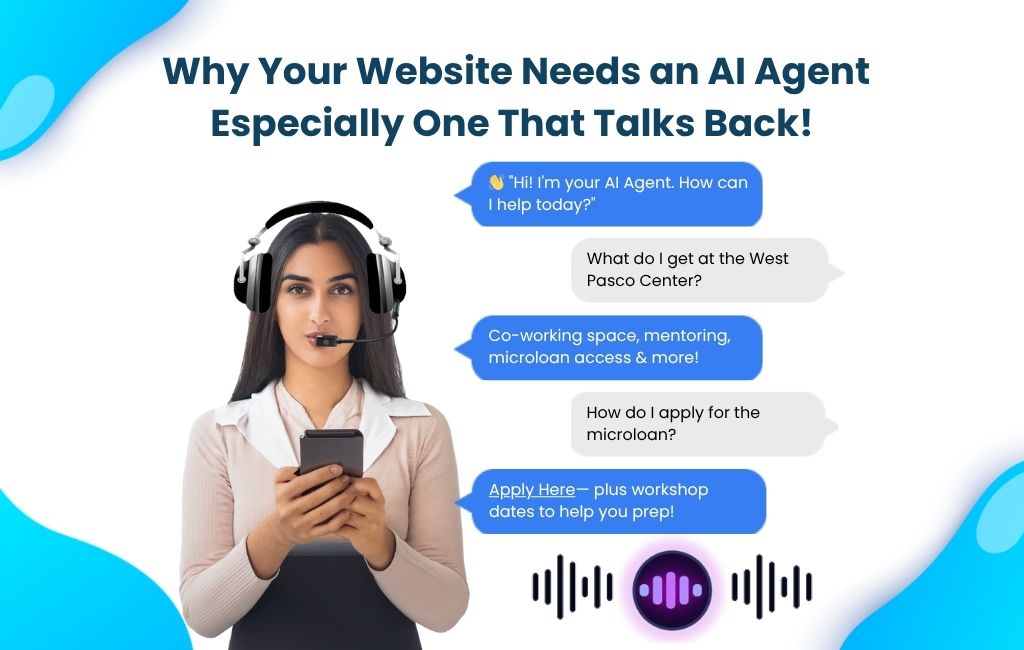
What Exactly is Flutter?
I’ve seen the problem of deciding which tool to employ for mobile cross-platform development in a number of projects throughout my professional career in software development. All of these projects were unique, but they all had one thing in common: the final software had to be compatible with as many devices as possible. And that was a true challenge I had some experience developing mobile games in addition to working on mobile apps. In 2016, I remember watching a well-known cross-platform game development for the first time. That’s when I thought to myself, “Why don’t we have a similar device for app development?” I’m picturing how cool and simple it would be to operate one.
Coming from a background in native Android development and some our experience, I can confidently declare that Flutter is the cross-platform application development tool I’ve been waiting for my entire career. It combines simplicity of development with native performance while preserving a consistent aesthetic appearance across platforms. It’s just the greatest!
What are the Benefits of Flutter for Developers?
For small and large Flutter APP Development,there are numerous advantages to employing Flutter for app development. Many Flutter app development service providers use it as a popular cross-platform application development framework. We’ve compiled a list of key principles to help designers and developers understand the benefits of Flutter.
- Free and Open-Source Software: Flutter and Dart are Google’s open-source software development toolkits. Comprehensive documentation and community assistance are available to assist you with any problems you may have. It improves the coder’s efficiency and productivity, resulting in a reduction in project time and expense.
- Reduced Code Development Time: Building a typical mid-size, it takes at least 40 seconds for the Android app to be downloaded and installed on the test device. And often, just adjusting a minor visual feature of the layout can take an eternity. ‘Wait, but Android Studio includes a layout preview for that,’ some of you might reply. Yes, it does. However, there is a catch: the feature is limited and doesn’t always perform as expected, particularly with unique content views.
- Dart as a Programming Language: Flutter creates apps using Dart, an object-oriented programming language. Because Dart supports most object-oriented ideas, it is simple to comprehend for JavaScript or Java developers. Dart is similar to Java and borrows many features from other programming languages. Its reactive programming methodology enables developers to execute routine tasks quickly and easily.
- Technical architecture: Flutter uses the Dart framework, which has most of the components built in, making it larger in size and eliminating the need for a bridge to interface with native modules. Dart contains numerous frameworks, such as Material Design and Cupertino, that provide all of the necessary technology for developing mobile apps. The Skia C++ engine is used by the Dart framework. All protocols, compositions, and channels are included in this file.
- Development and UI component API: The Flutter framework comes with UI rendering components, access to device APIs, navigation, testing, stateful management, and a slew of libraries. This extensive collection of components eliminates the need for third-party libraries. If you purchase the Flutter framework, you will have everything you need to create mobile apps. Flutter also has Material Design and Cupertino that allow developers to easily render the UI on both iOS and Android platforms.
- Development and Hot Reload: Developers may observe changes to code in real time, which is a unique feature of Flutter. In a couple of seconds, both designers and developers have access to any adjustments. They don’t have to wait for updates and can continue working on other features while the framework is being updated.
- Utilization of Custom Widgets: Flutter provides a wide range of widgets to aid developers in their development efforts. It simplifies and speeds up the process of creating a simple user interface. Simply develop a UI element once, and it will adapt to many resolutions, screens, and platforms. To enable different functions, you can even wrap one widget inside another.
- Create Apps for Mobile, Desktop and Web: When you engage a Flutter app Developer, you get the benefit of producing a highly customizable product. you can simultaneously develop applications for six different platforms. Android, IOS, MacOS, Windows, Linux, and the web Examples of distinct operating systems.
- Testing: Normally, testing entails determining compatibility across several platforms. Apps written in Flutter share a single code base and run on several platforms with no changes. All a developer needs to do is test a Flutter application once, and he or she will save a lot of time and money.
It’s still unclear whether Flutter will eventually replace native iOS and Android development. While we wait for this response, we can confidently predict that Flutter has a bright future. Even if it does not succeed in replacing native Mobile app development, it has already shown to be the best UI design framework currently available. if you searching for Flutter Consultant for your project, Flutter Development Company can help you fulfil your Requirement. Get in touch by Vesting our website or skype us on dasinfo2.







